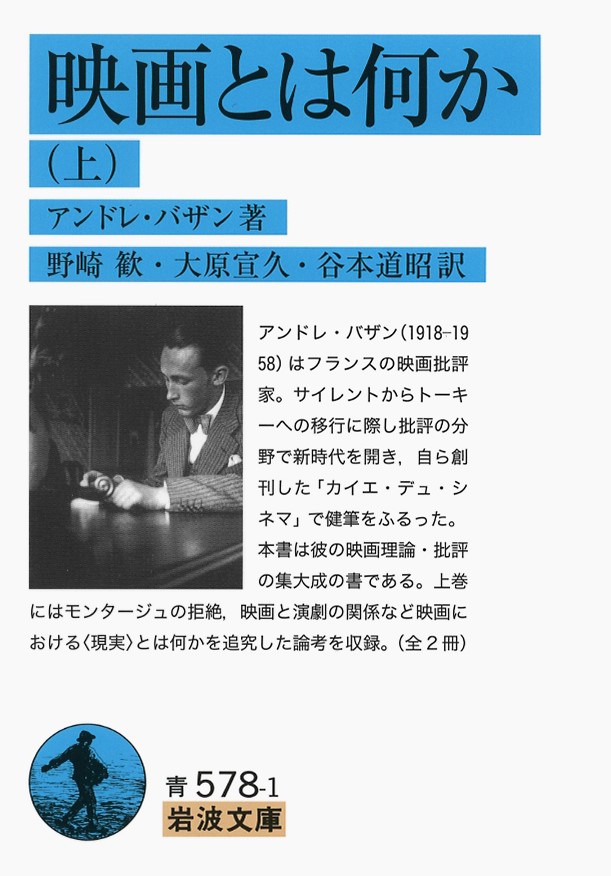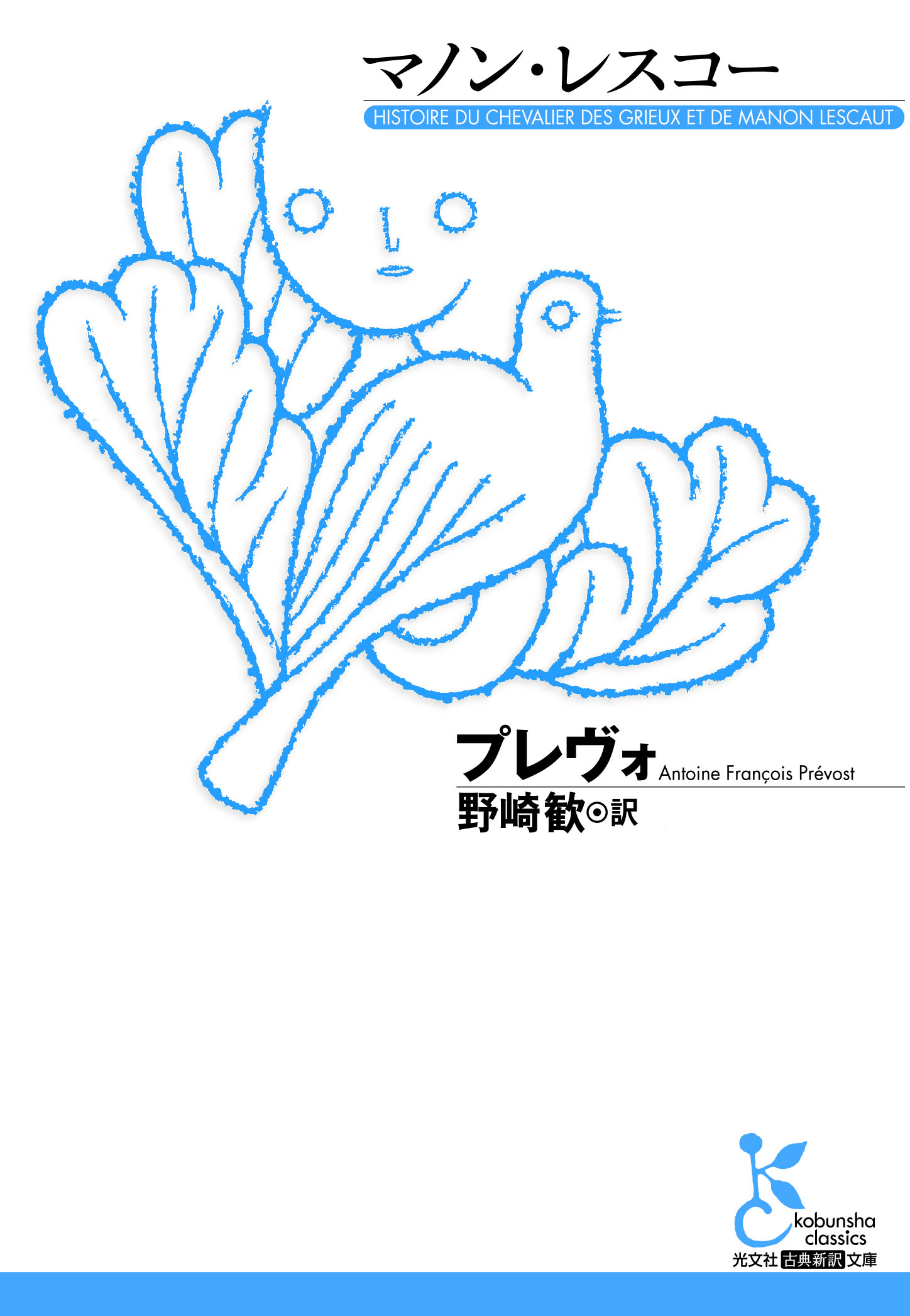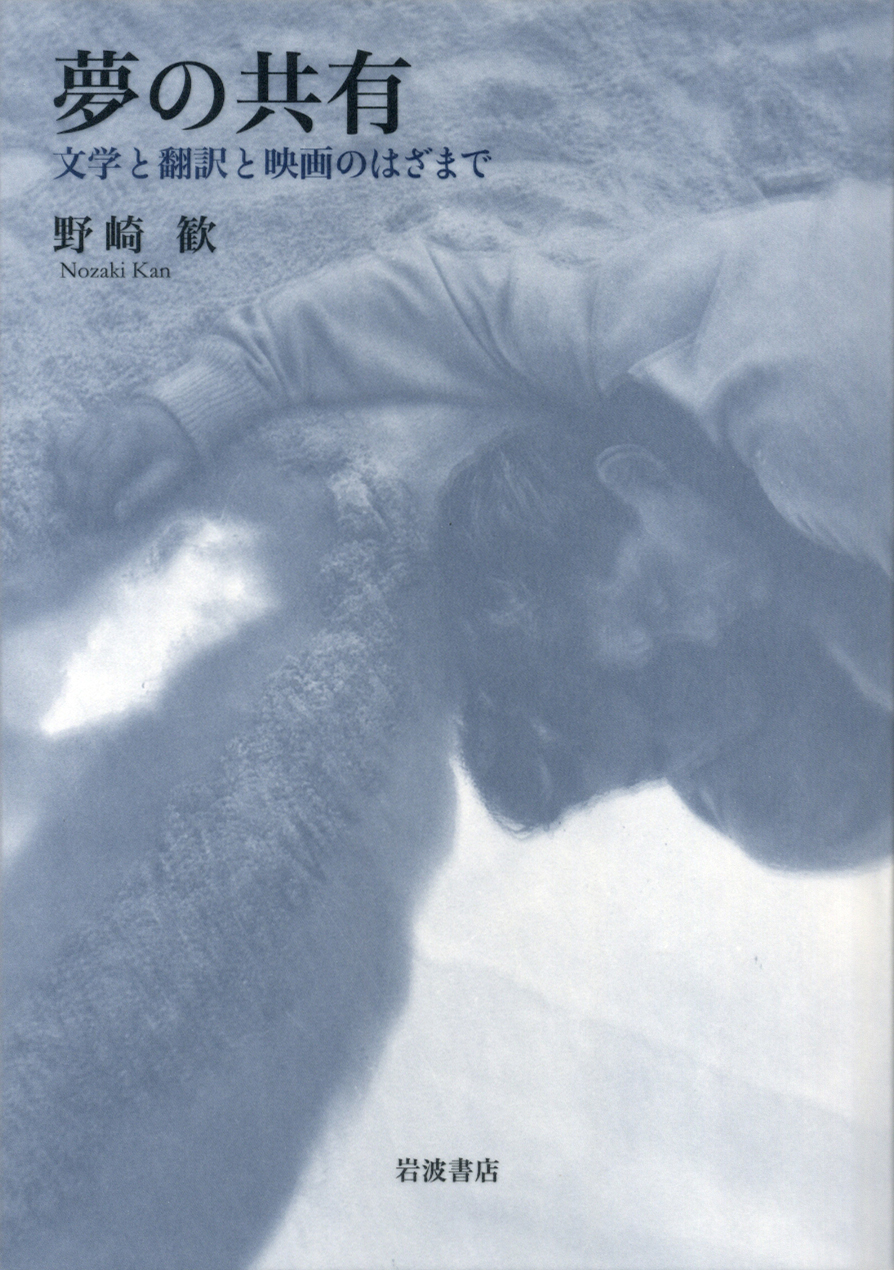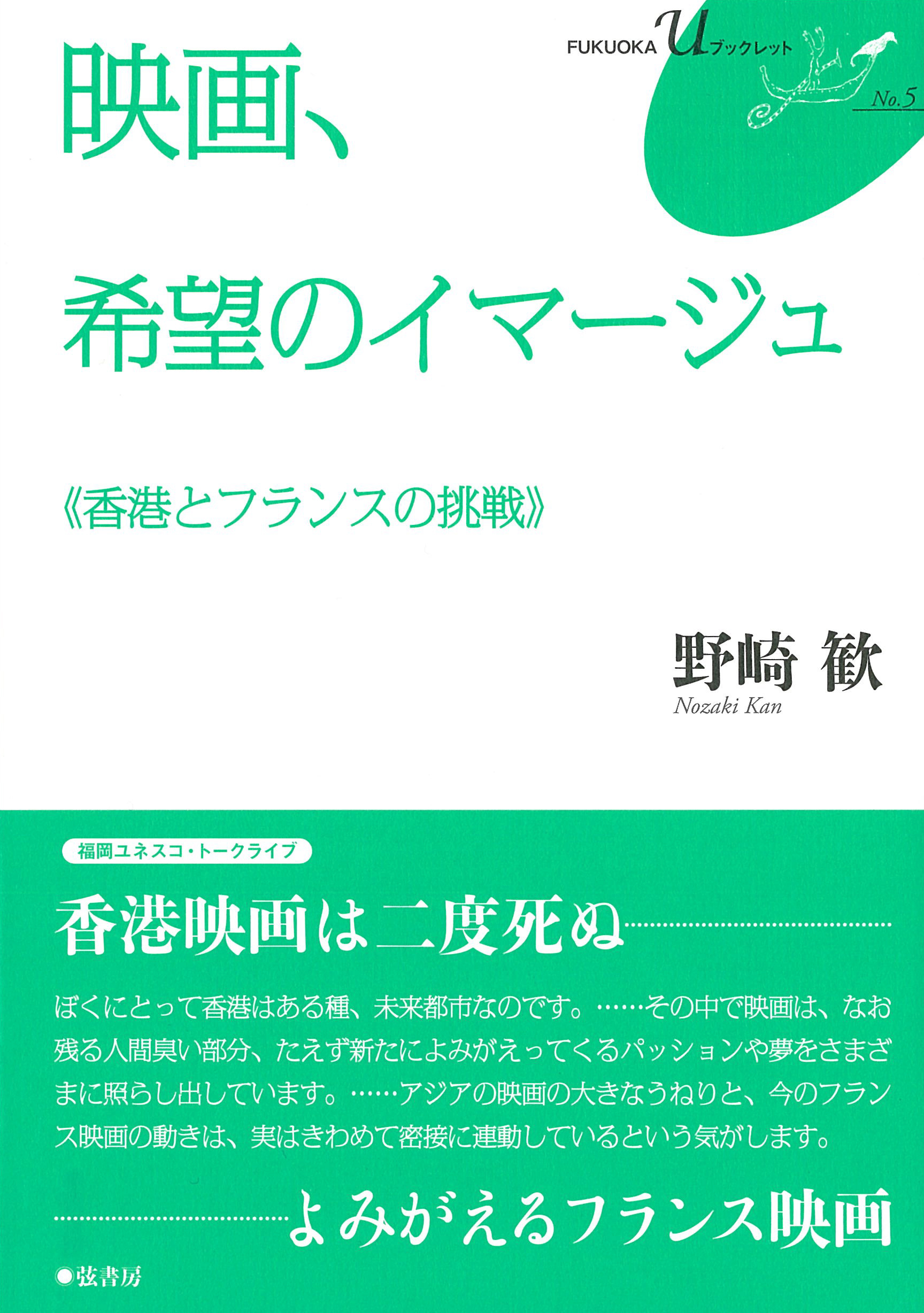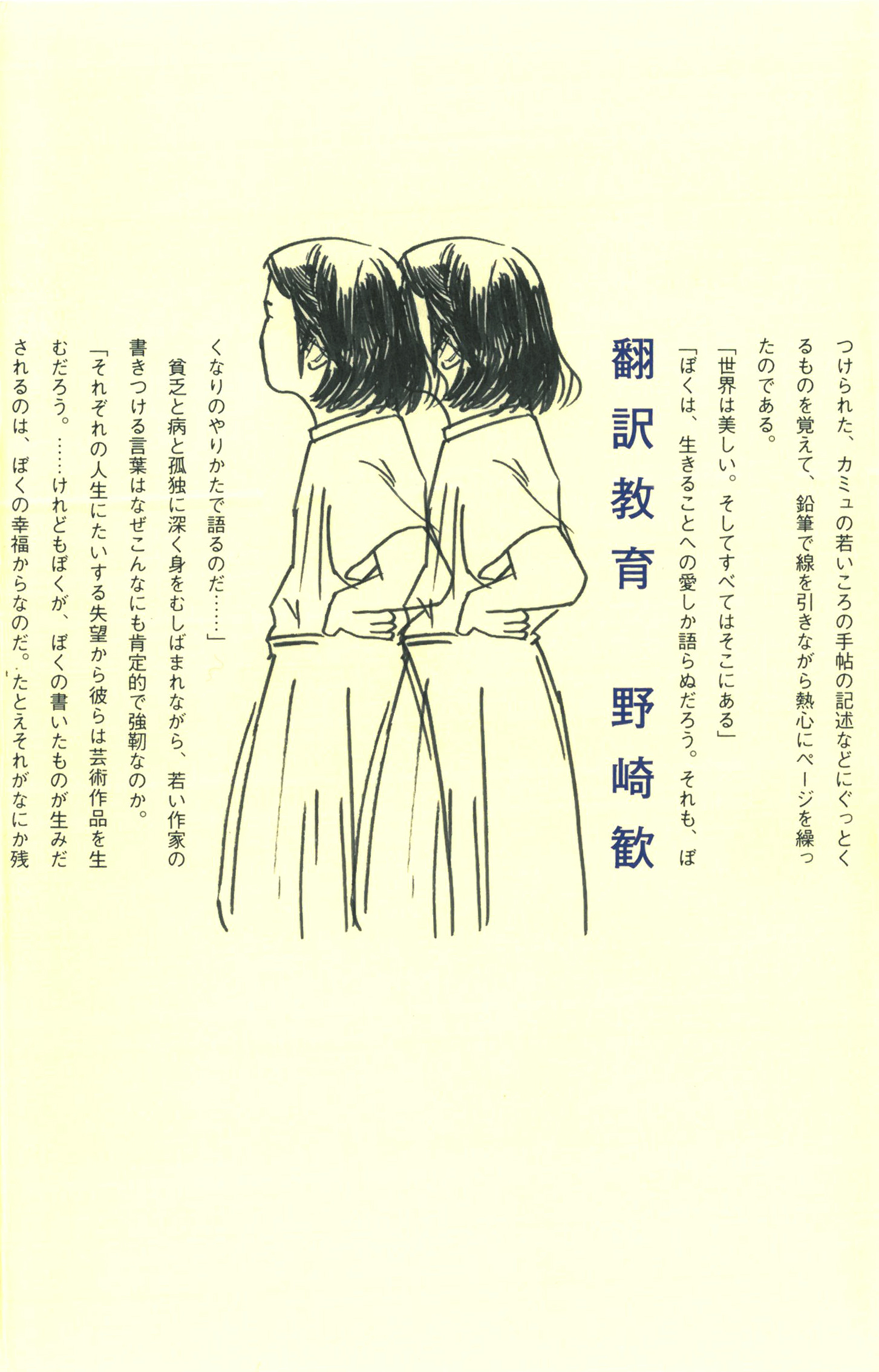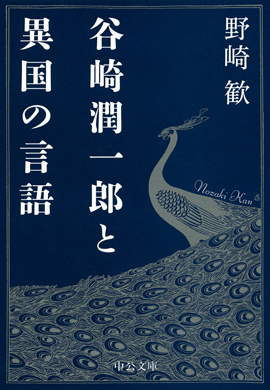
Title
André Bazin (The Man Who Believed in Cinema)
Size
230 pages, 127x188mm, hardcover
Language
Japanese
Released
June 16, 2015
ISBN
978-4-861-10456-5
Published by
Shumpusha Publishing
Book Info
See Book Availability at Library
Japanese Page
When I began reading various theoretical discussions on film, it was the work of French critic André Bazin (1918–1958) that made the strongest impression on me and most influenced my own way of viewing films. The core of this theory is included in his posthumous publication, What Is Cinema? Sections such as “The Ontology of the Photographic Image,” a decisive discussion presented at beginning of the book, and “The Virtues and Limitations of Montage,” which serves as a set of guidelines for engaging with all manner of visual expressions, are nothing less than essential reading for modern people, who are surrounded by film culture; and since about 25 years ago, I have considered it a great pity that these works were not available in a paperback version. Then, piece-by-piece, I began writing articles, motivated by a desire to present an accessible discussion on how Bazin’s ideas can stimulate our minds. Since many of these articles were included in the bulletin of Hitotsubashi University, my former place of employment, and all of them were published online several years ago, I had already given up on the idea of compiling them in a single volume assuming that I would never have the chance to do so. However, quite unexpectedly, a young, ambitious editor appeared before me, suggesting that we publish a book containing those online articles. Hence, after making some final adjustments to the old manuscripts from the bulletin, I added two chapters based on content that I had presented at conferences in Taiwan and Shanghai, bringing the works together in a single volume. Meanwhile, in a strange coincidence, the plan to publish Bazin’s What Is Cinema through Iwanami Bunko made headway, and a two-part volume was released in early spring of 2016 as a joint translation with two young friends of mine. A few months later, my own book was published. In a much-appreciated turn of events, we succeeded in instigating an, albeit modest, “Bazin renaissance”—but who knows, perhaps this was not merely a coincidence but a result of the need to read Bazin now more than ever. What is this necessity? Though I hope that you discover the answer to this question in the book, the keyword here is “realism.” I wanted to clarify the kinds of mechanisms supporting our belief in film and image—if we are to believe in them—as the reproduction of reality, which can only be truly achieved through photographic image, that are shaken by the great billow of virtual reality. These thoughts were inspired by Bazin. I recommend flipping through the final chapter, which uses examples of works by Hayao Miyazaki to argue that Bazin’s realist theory can even apply to animation.
(Written by NOZAKI Kan, Professor, Graduate School of Humanities and Sociology / 2017)
Related Info
Keeping Your Bearings with Classical Literature | Kan Nozaki, Professor of Graduate School of Humanities and Sociology
https://www.u-tokyo.ac.jp/en/whyutokyo/voices001.html



 Find a book
Find a book


